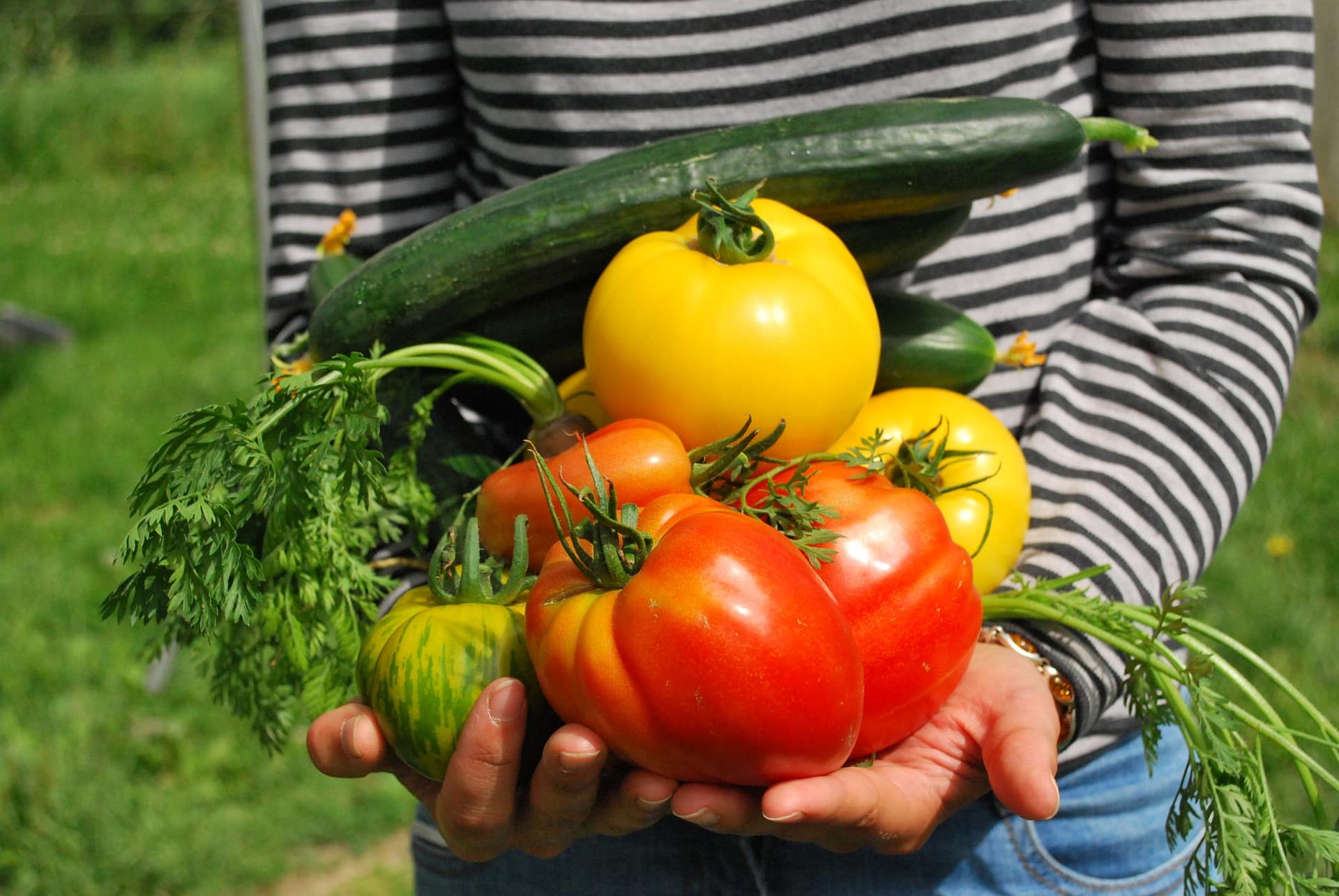The coronavirus pandemic has shut down much of everyday life, but one researcher at Iowa State University continues to work uninterrupted in a laboratory for hours a day, painstakingly watering and measuring plants to study the effects of drought.
This research project doesn’t violate social distancing guidelines because it all depends on a robot that was designed to work as autonomously as possible. The project is called Robotic Assay for Drought, or RoAD, and Yanhai Yin, chair of genetics, development and cell biology, said the research is still churning out valuable data, even in the middle of a pandemic.
“We’re extremely happy with this system,” Yin says. “In the last month during this pandemic, other researchers in my lab have been told to stay home, but this robot is still working nonstop. It’s amazingly reliable.”
RoAD aims to study how drought conditions affect the development of plants. The experiments involve hundreds of Arabidopsis plants, a model species often used in scientific research, housed in the Carver Co-Laboratory on the ISU campus. Traditionally, human scientists would have to manually water the plants and measure their performance, a tedious and time-consuming process. Yin collaborated with Lie Tang, an associate professor of agricultural and biosystems engineering with extensive robotics experience, to design an automated process for carrying out those tedious tasks. RoAD was born after about a year-and-a-half of design and construction work.
The system utilizes a robotic rover that autonomously travels through the laboratory, gently picking up potted plants using a robotic arm to measure them with a series of on-board sensors. The rover also waters each plant to predetermined specifications. The sensors generate a three-dimensional color image of each plant, allowing scientists to study the plants in great detail, Yin says. Analyzing the data will allow the researchers to better understand how plants respond to drought conditions, and many of the insights gleaned from the data will apply to crops such as corn and soybeans.
Tang prioritized RoAD’s autonomy as a chief design principle. Researchers can check in on the rover’s progress remotely any time, but the robot requires little input and carries out tasks for six to seven hours every day. Perfect for the era of social distancing, Tang said.
“In an event like this, this kind of system really shows its strength because it doesn’t need that much human intervention at all,” Tang says.
Tang and his students drew on what they learned from the Enviratron, a larger ISU facility that uses a robotic rover to gather plant data. But Tang said RoAD’s features are optimized for greater autonomy and for studying drought.
The robot has operated for about a year-and-a-half since its completion. The project cost around $100,000 and was made possible by support from the ISU Plant Sciences Institute. Now the robot is helping a project supported by the National Science Foundation led by Yin and Justin Walley, an assistant professor of plant pathology and microbiology.
“The RoAD project is a powerful example of what can be accomplished in a research environment like Iowa State’s Plant Sciences Institute that fosters deep collaborations among plant scientists, engineers and data scientists,” says Pat Schnable, director of the Plant Sciences Institute. “The RoAD system makes it possible for researchers to spend more time carefully designing and analyzing experiments and less time simply caring for and measuring plants. As an added benefit, RoAD probably collects more consistent data than do humans.”













